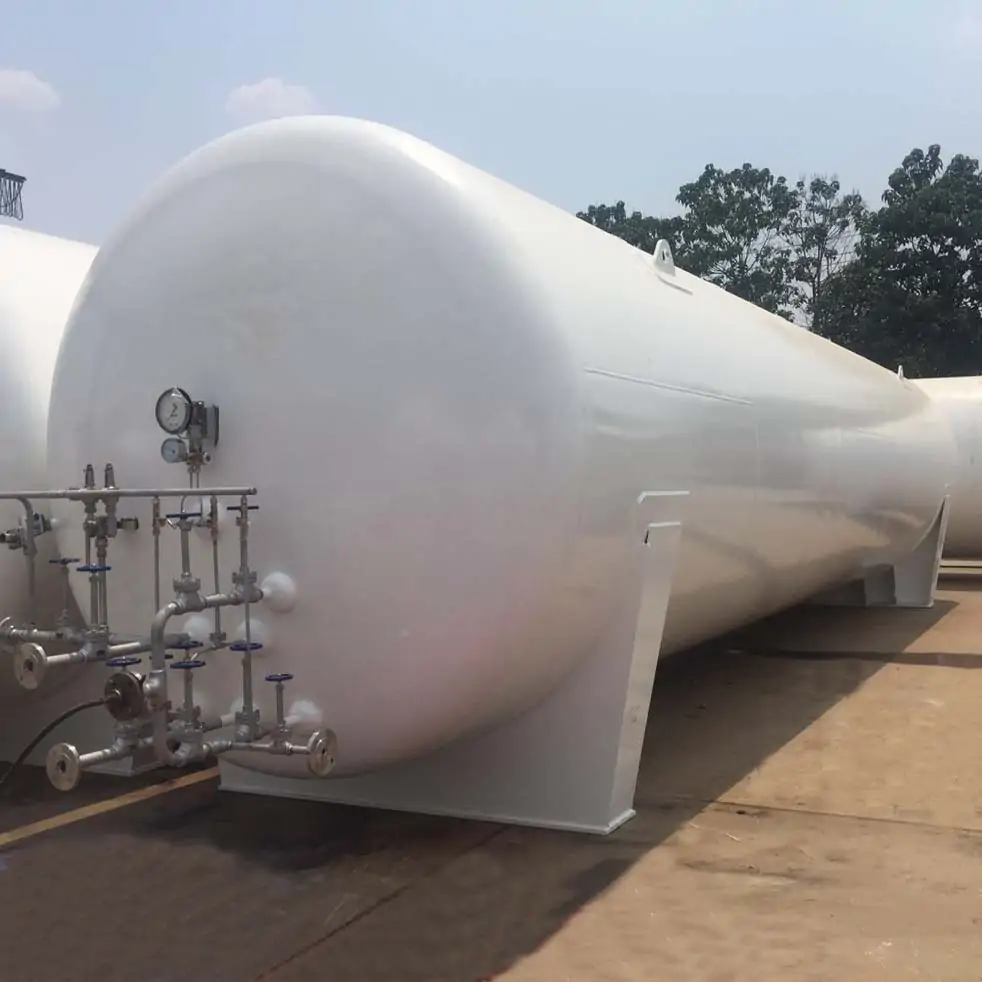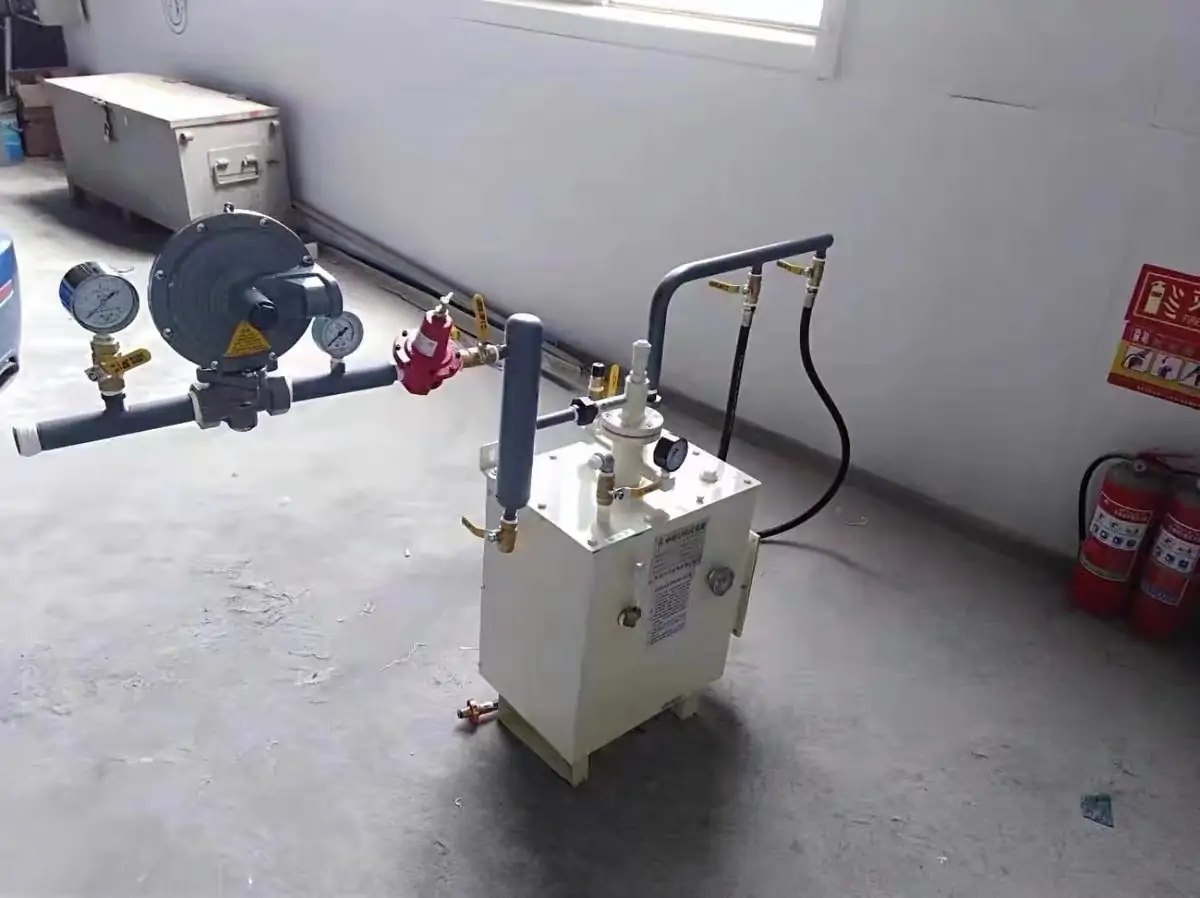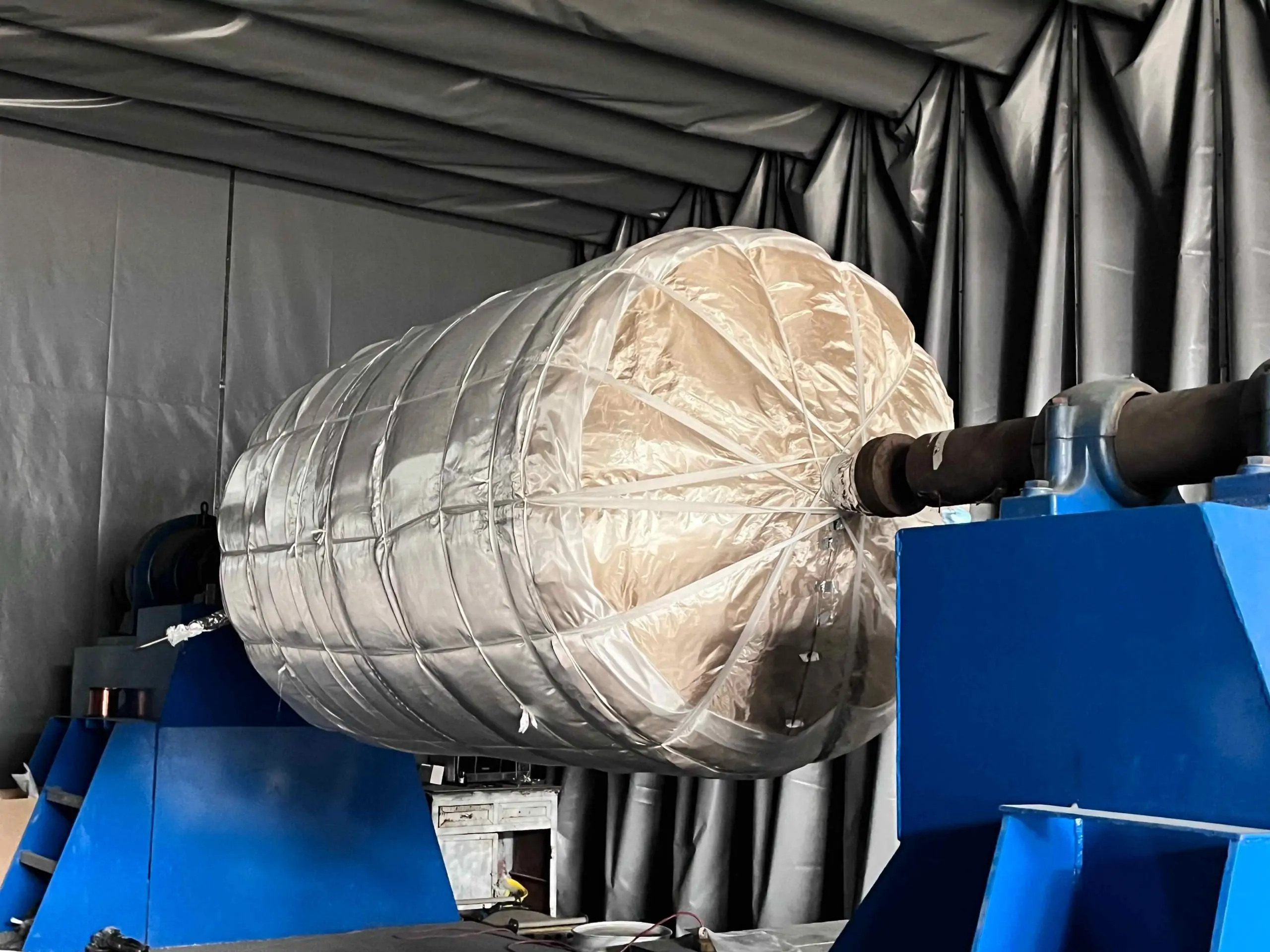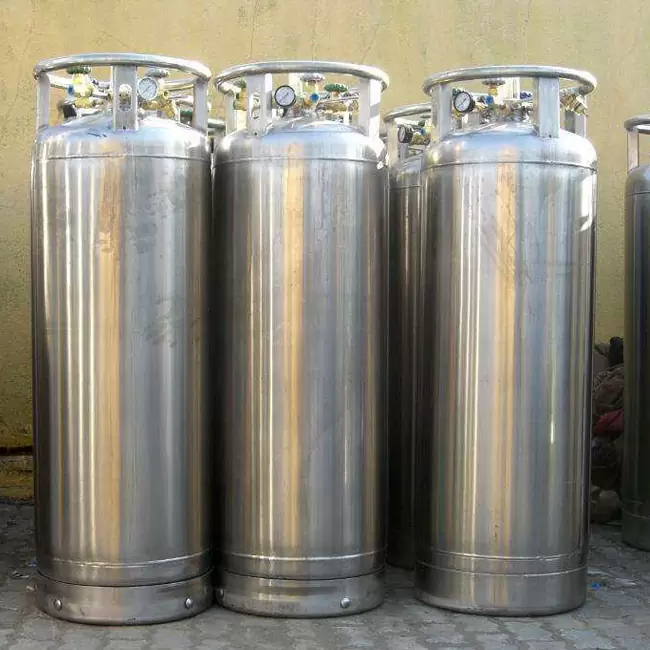Low temperature oxygen, nitrogen and argon storage tank valves and their role
Upper liquid inlet: open the upper liquid inlet for the first time to reduce the temperature of the storage tank
Lower inlet: open the lower inlet for normal use
Liquid inlet: connects the upper and lower liquid inlets
Drain port 1: tank outlet (can be connected to a pipeline cylinder) Drain port 2: tank outlet (standby)
Vacuum port: used to detect the vacuum level of the storage tank (the vacuum level should be lower than 65 Pa if the low temperature medium is not installed, and the vacuum level should be lower than 10 Pa if the low temperature medium is installed as qualified)
Return gas port:
Full indication: full liquid automatic prompt
Level gauge upper port/level gauge lower port: need to open all for first time use
Venting/evacuation port: allow the natural evaporated gas to be discharged to atmosphere by this valve, so that the pressure inside the tank does not rise
Pressurisation port: to increase the pressure in the inner cylinder when the liquid in the tank needs to be filled to other storage tanks or vaporised for use
Residual liquid port: when the tank is not applicable to open the exhaust and residual liquid to empty the tank
Self-pressurising system: ensures automatic pressure adjustment when the pressure is low, with a valve on top to adjust the pressure
Pressure relief device port: plays a safety role, when the tank does not work properly the pressure is too high
Safety valve: automatic pressure relief when the pressure is high



































































































































